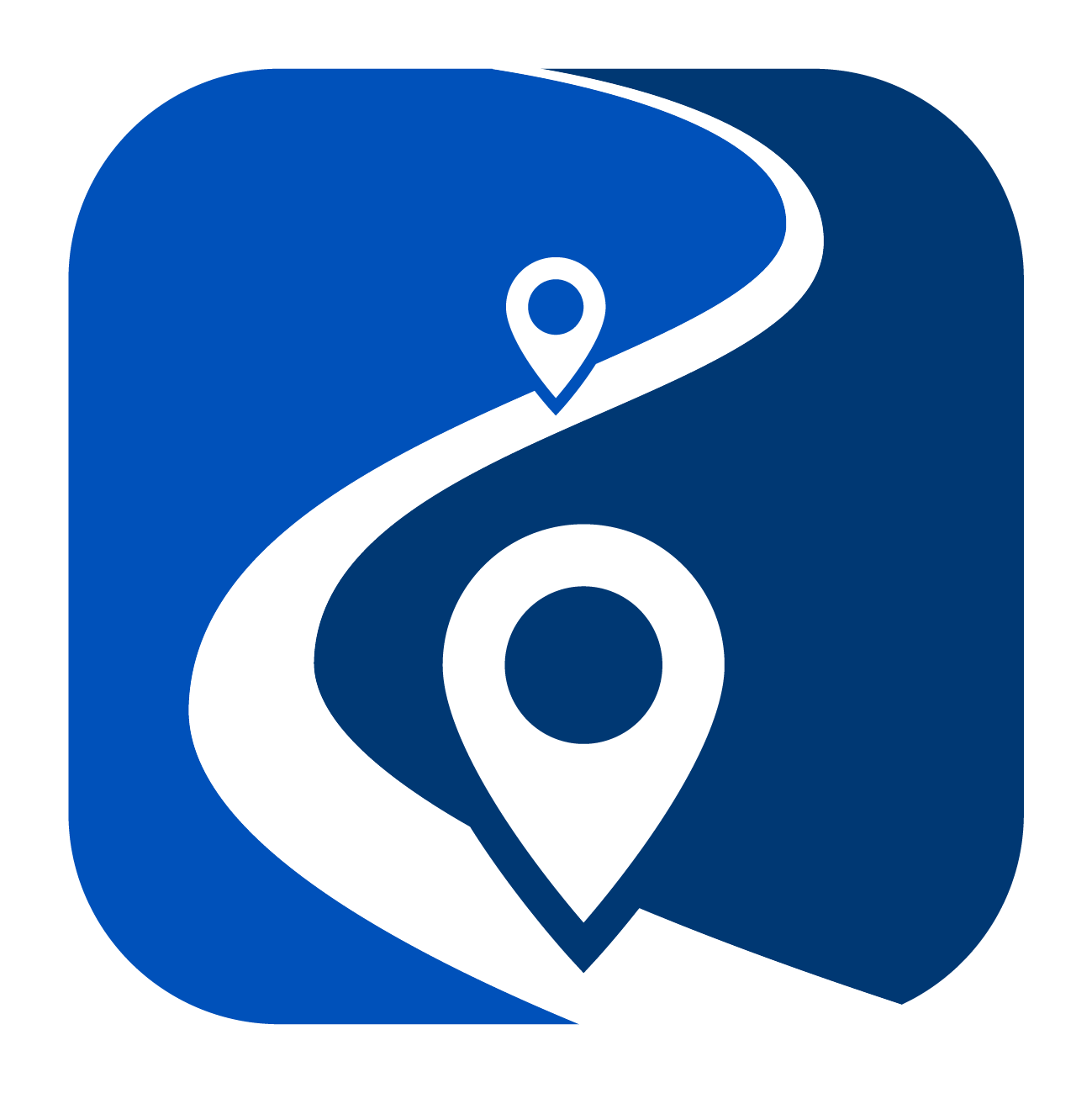Walk/Bikeshed Analysis for Transit Accessibility
Public access to main transit nodes is a key factor contributing to the success of any transit operation. To maximize neighborhood access to the transit stops/stations, planners first need to identify walkable and bikeable areas that can be reached by an average person. Most people are willing to walk for five to ten minutes (approximately a quarter to a half-mile) to a transit stop. However, recent research has shown that people may be willing to walk considerably longer distances to access heavy rail services. Note that bicyclists are often willing to ride significantly farther than a half-mile to access rail transit stations. This data exploration is intended to map out the areas from which an average person is likely willing to walk/bike to access a transit node.
VALUE PROPOSITION
For the purpose of this analysis, we used the Strava network, populated by crowdsource data. This network represents a real-world walking and biking routes and is most obvious in green areas like parks through which people take detours instead of roads. One other advantage of this solution is having bikesheds represent the accessible area around a station. According to NYC DOT approximately 800,000 (773,000) New Yorkers ride a bike regularly. It is estimated that over 530,000 cycling trips are made each day in New York City—more than triple the amount taken 15 years ago. So having walk and bike mode in the same frame can help decision makers have a better understanding of the terrain.
TARGET AUDIENCE
The solution can be utilized by transportation planners and operators.
- Planners can detect transit desert locations that have limited or poor access to a transit system.
- Planners can enhance biking or pedestrian inventories like bike routes and sidewalks for major access roads to the transit system. In travel-demand modeling, for mode choice, zonal information can be validated by checking access to a transit system.
- Before implementing a temporary change (e.g., road blockage), decision-makers could evaluate how a decision might affect public access to the transit system.
GEOGRAPHIC EXTENT
This study covers New York City area – NYSDOT Region 11.
TIMEFRAME
For this study, we only used a Strava network, so the temporal parameter is not applicable. For transit stations, the latest published data by agencies are used.
UPDATE FREQUENCY
For this study, we only used the Strava network, so the temporal parameter is not applicable. Any updates would be conducted manually.
ACCESS
This use case is publicly available and can be accessed via:
